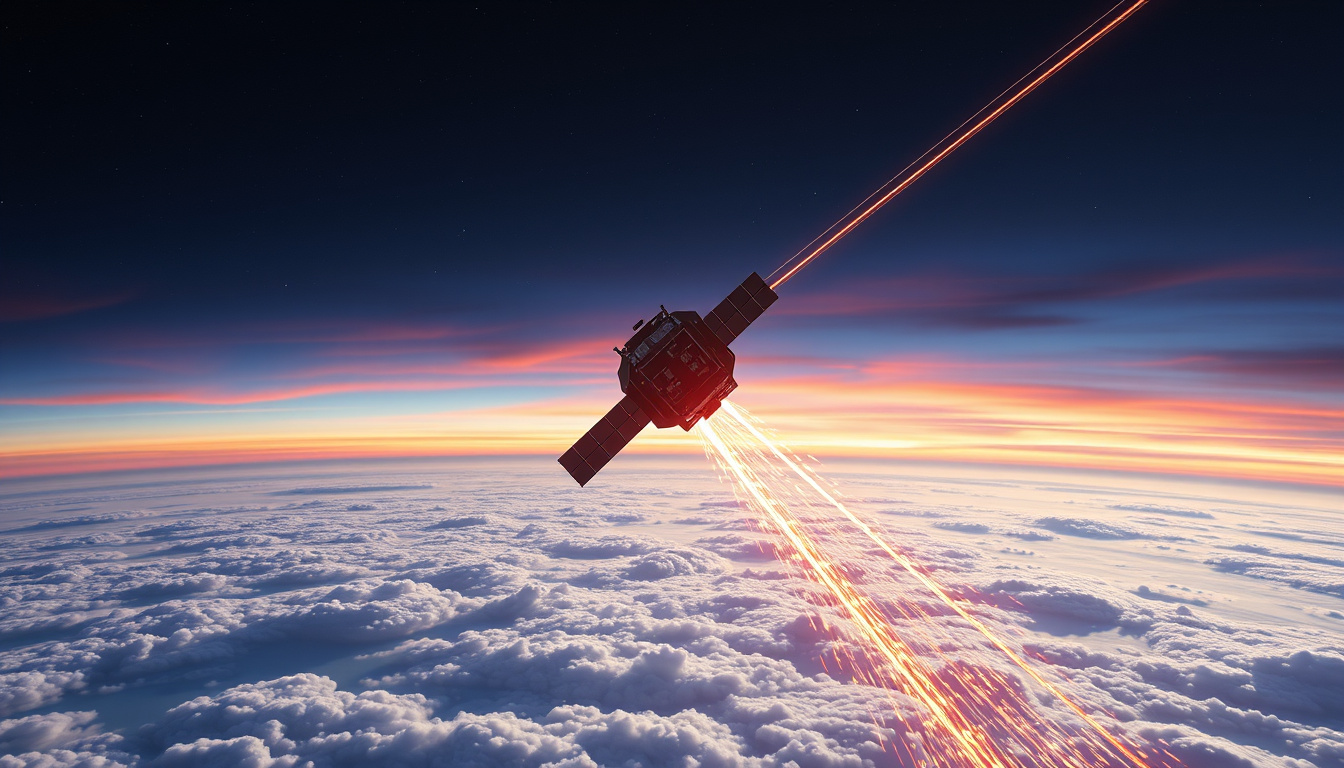In a twist of fate, Kosmos 482—a Soviet spacecraft—spoke after fifty years in orbit. Its signal reaches us now, even after decades lost in space.
The Journey of a Forgotten Spacecraft
For 53 years, Kosmos 482 circled our planet. It was built to land on Venus. A timer error made it stay in low Earth orbit instead. The capsule weighs about 495 kg and wears a strong titanium shell. This design helped it face harsh temperatures, high pressure, and small space rocks. Its build shows the skill of engineers from the past.
The mission set off with high hopes. Kosmos 482 was meant to join its twin, which reached Venus. Instead, a timer problem stopped it in its tracks. It now waits above us, as if it had a final act to perform.
The Countdown to Re-entry
Scientists now track Kosmos 482 as it falls back to Earth. The capsule may reach the ground between May 9 and May 13. Its path is hard to predict. Air drag, sun activity, and the capsule’s tilt all shape its descent. Much of our planet is water, so the capsule may land in the sea or in a small, empty area. In rare cases, it might fall near towns.
The risk to people is low due to the small size of the capsule. Yet, it reminds us of old engineering that still flies above us.
Cultural Significance of Kosmos 482
Kosmos 482 is more than a simple machine. It is a part of history that shows past hopes and fierce work from a bygone era. Its long flight makes us think about past space trips and the limits of our technology. Only a few objects have stayed in orbit so long before coming home. While today we build spacecraft to return or stay safe in orbit, Kosmos 482 moves on its own schedule.
Conclusion
The hours count down as Kosmos 482 falls toward Earth. Its quiet return brings both memories and a hint of worry. This spacecraft stands as proof of early efforts to reach the stars. History stays close. Kosmos 482 now returns to touch the Earth and join our shared past.
